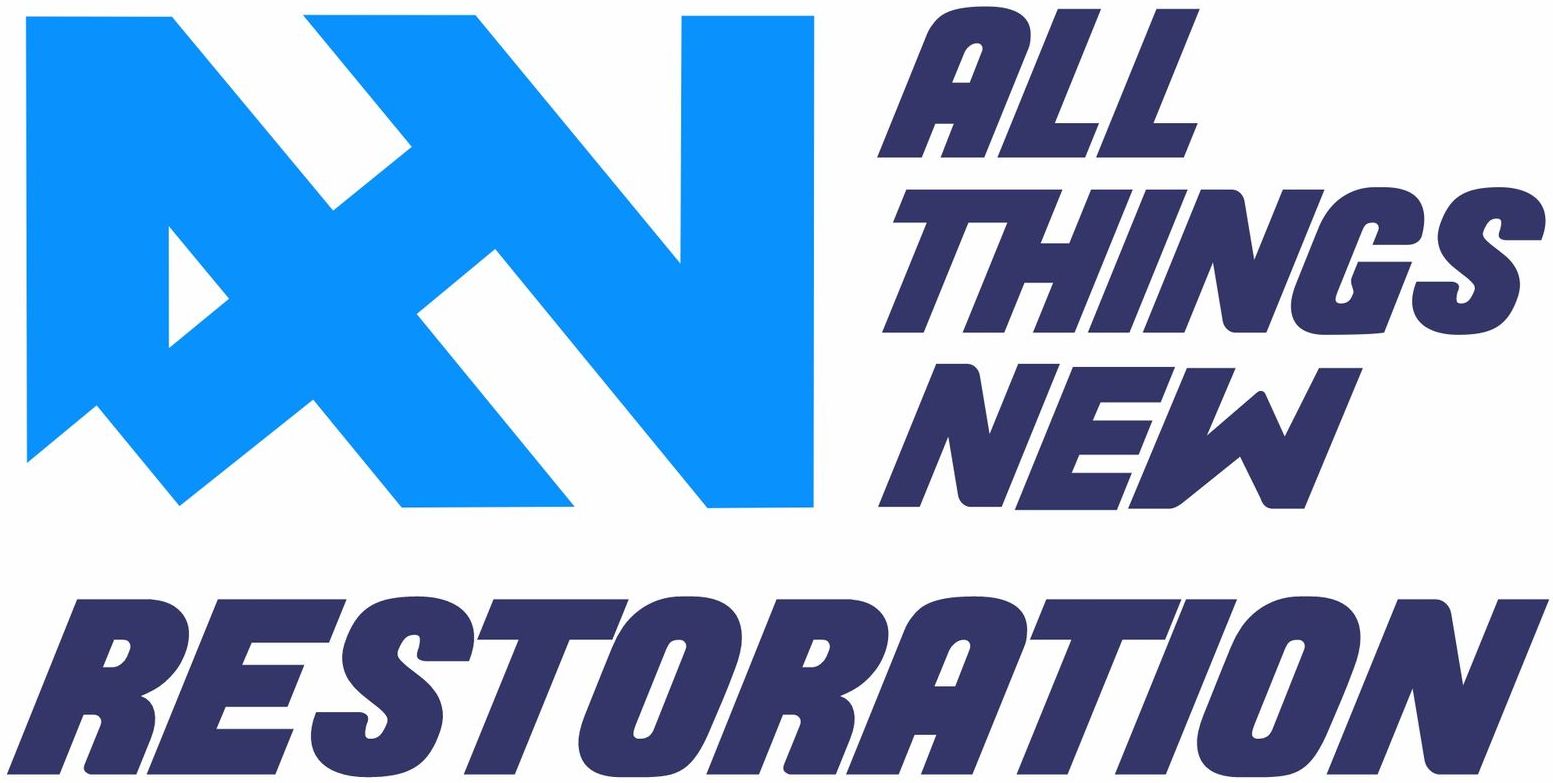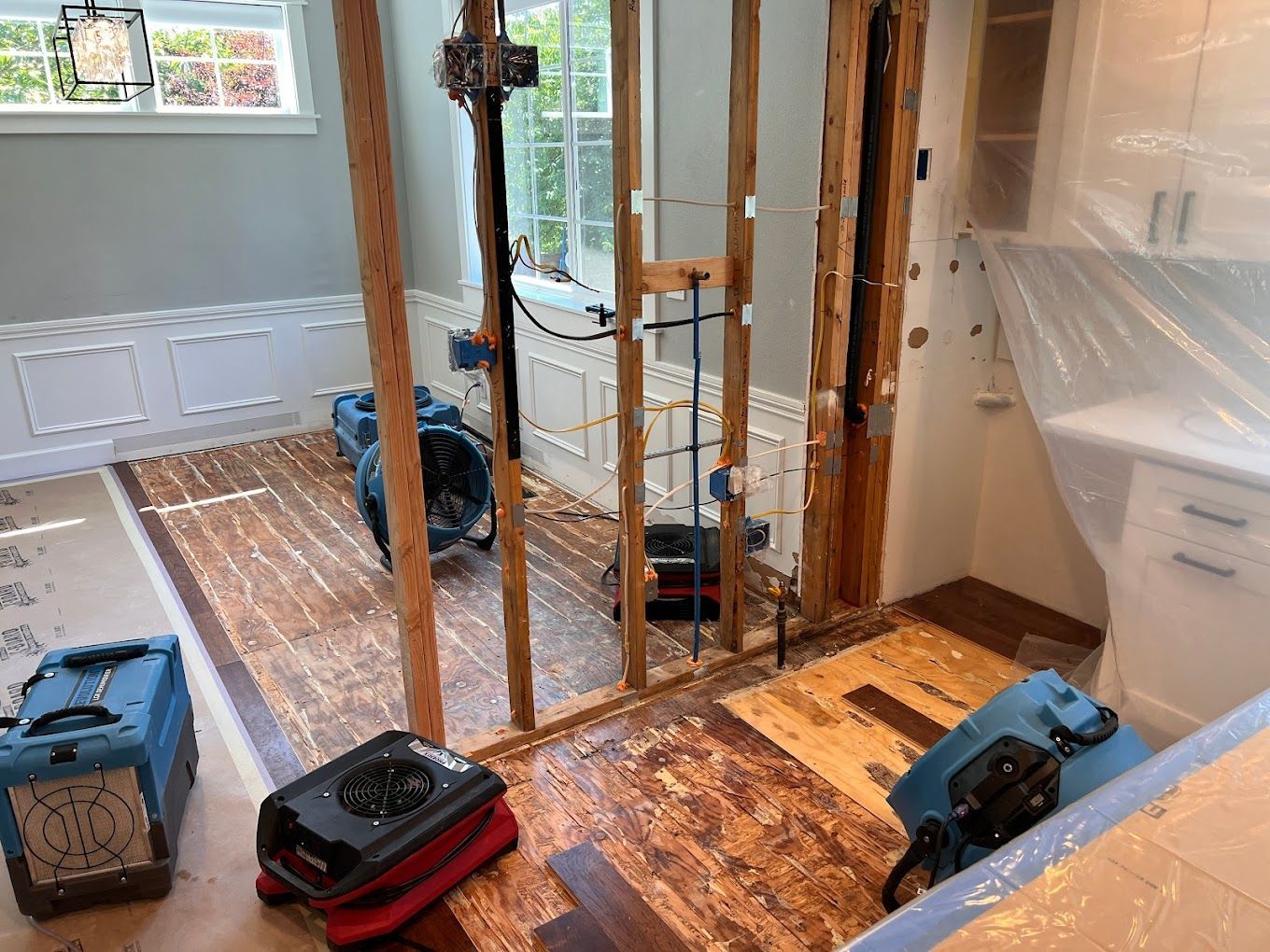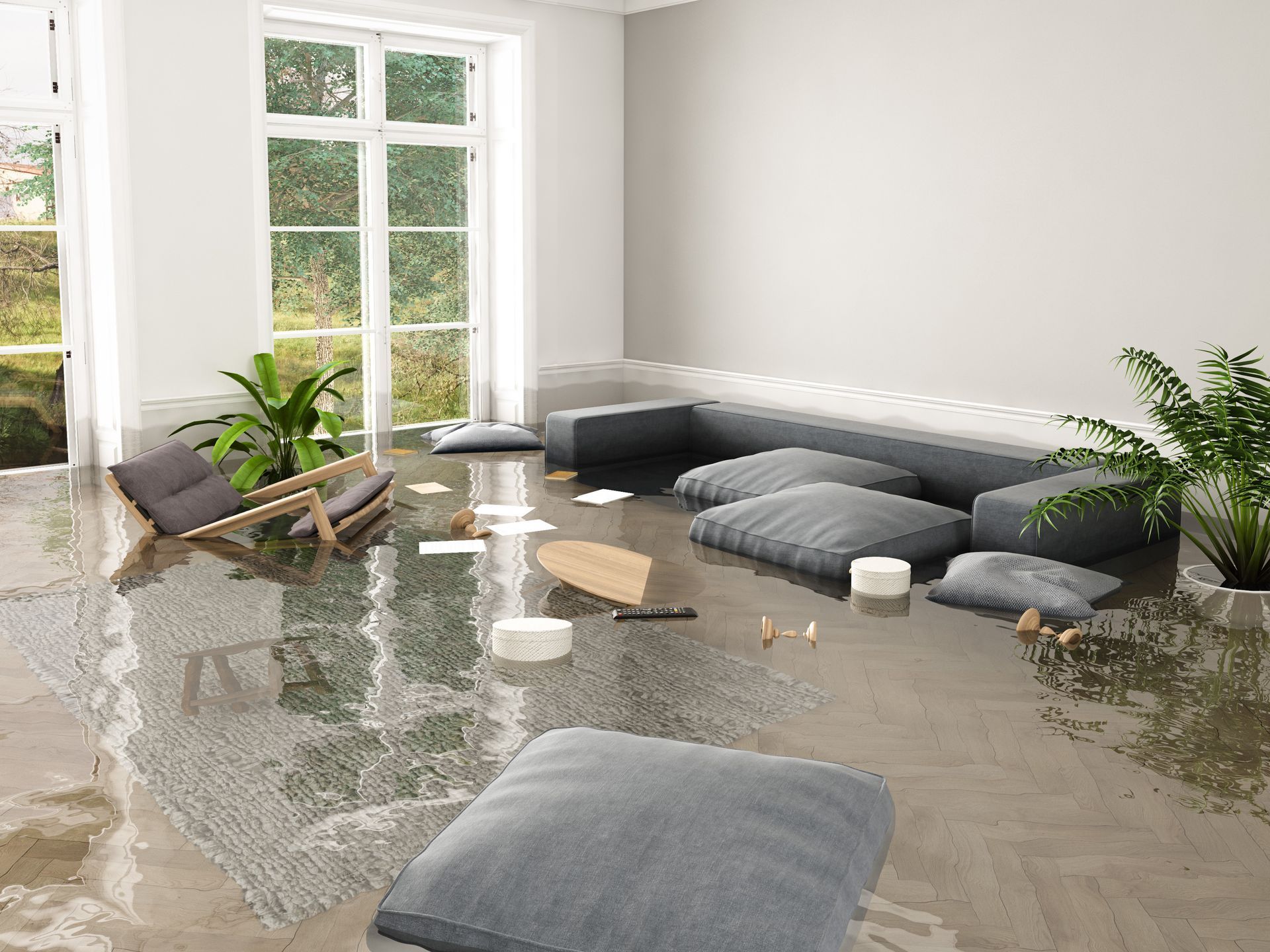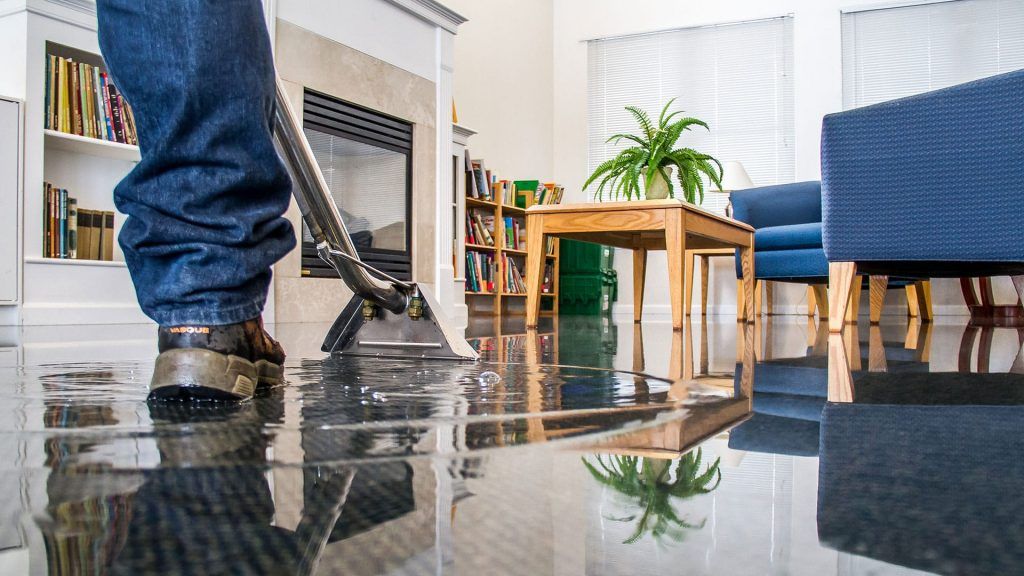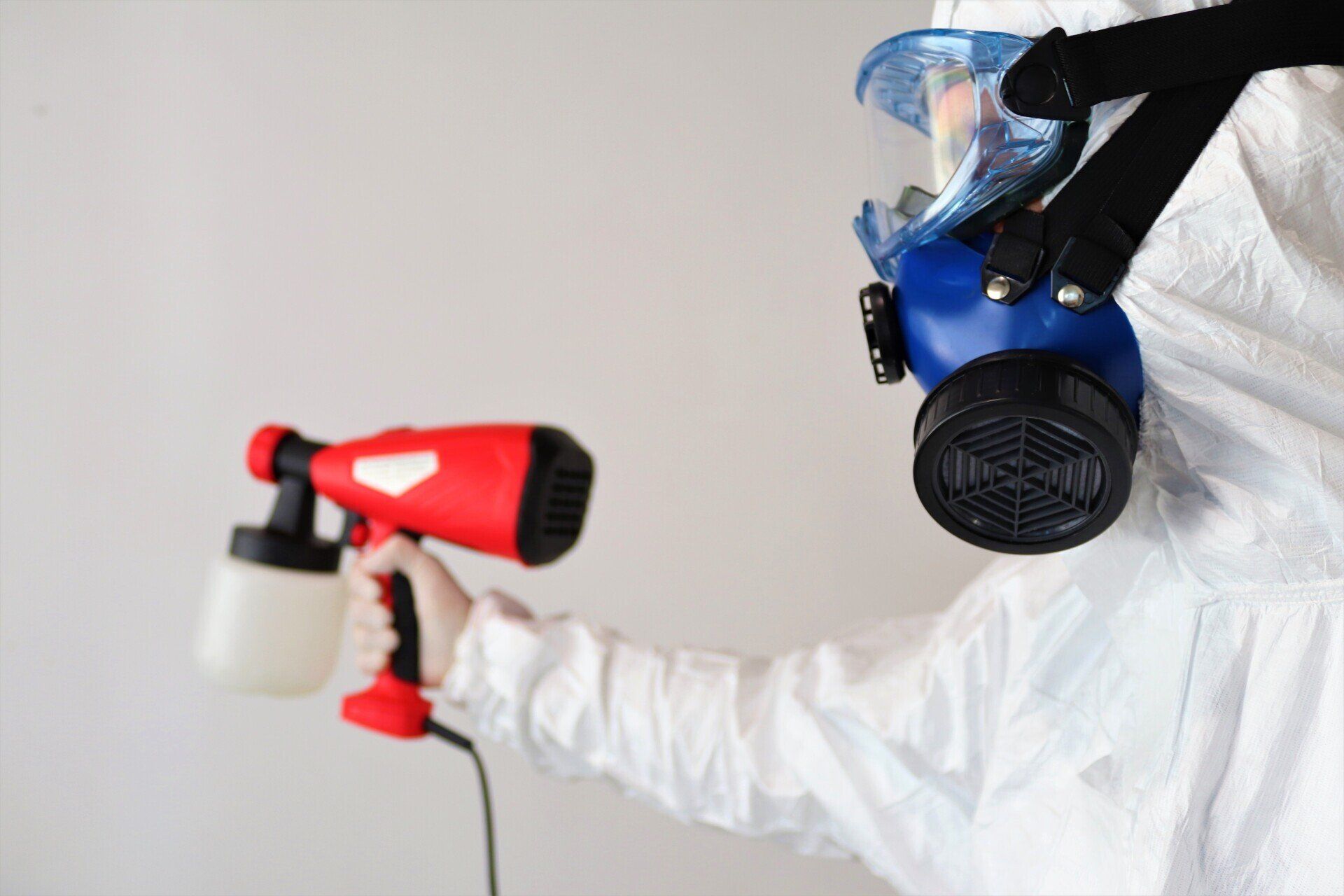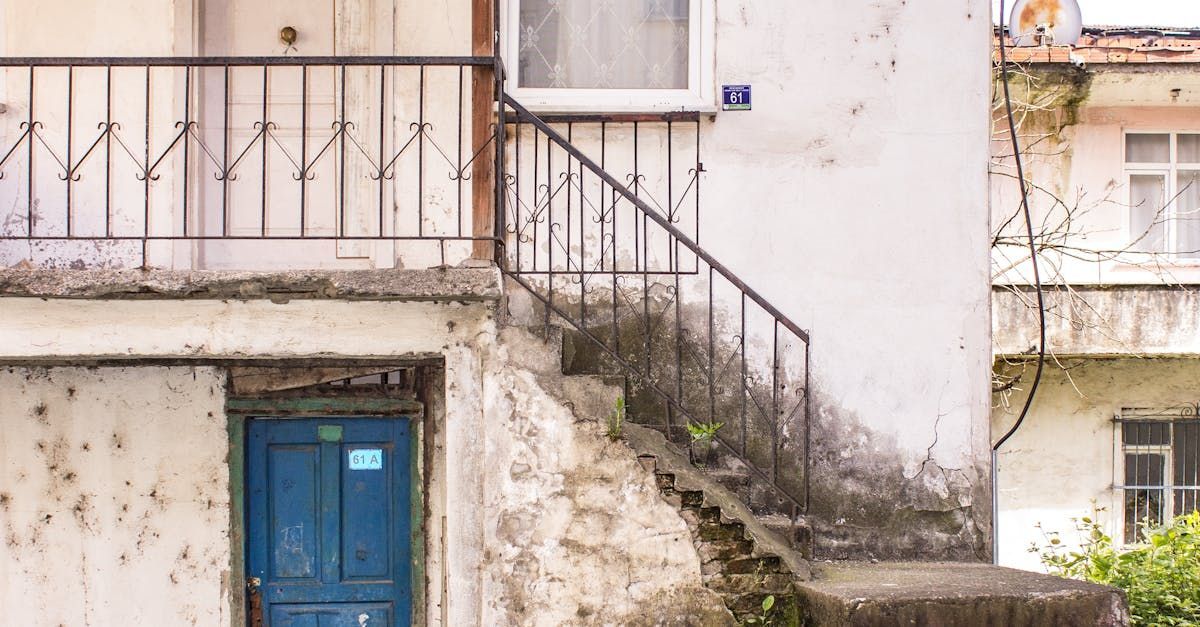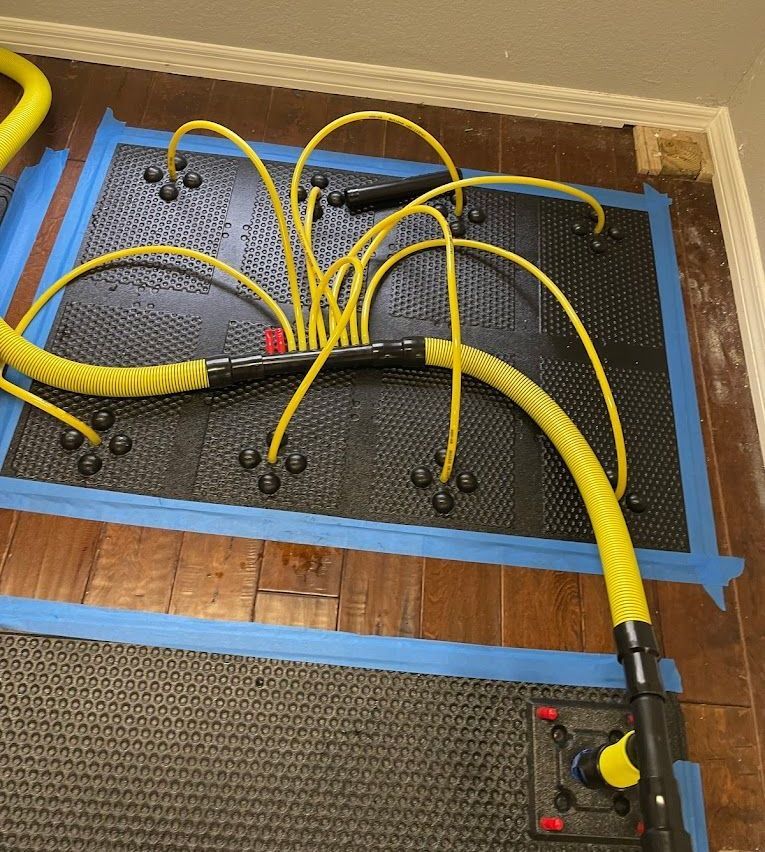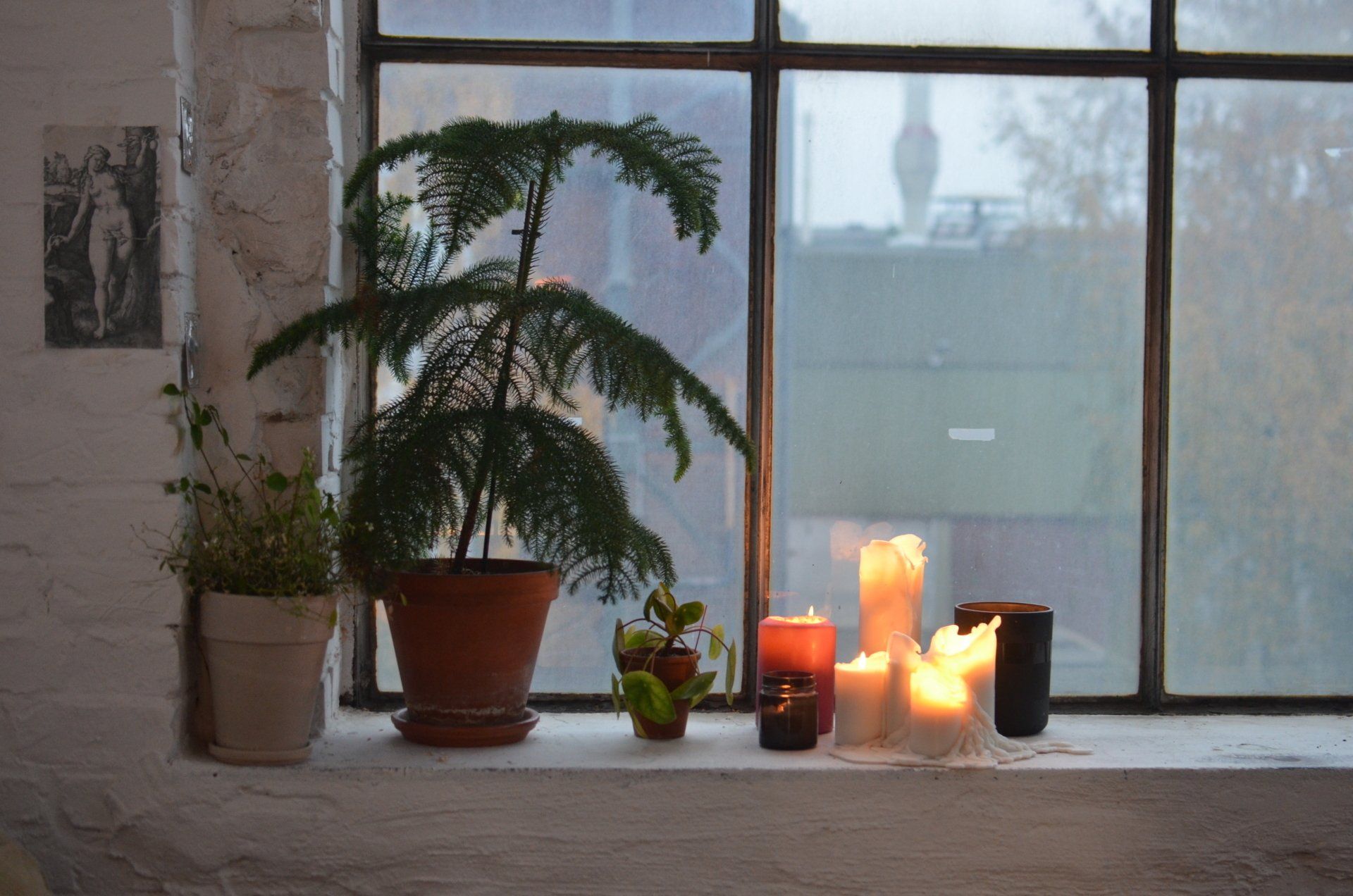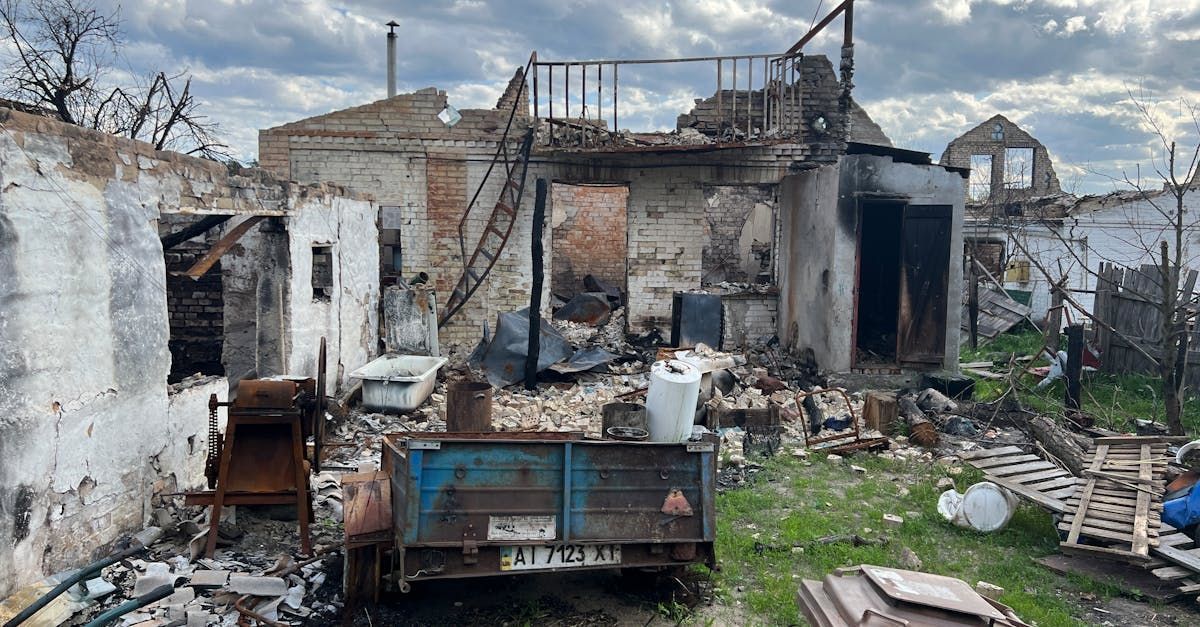How to Detect Mold Growth in Your Home
Ultimate Guide: How to Detect Mold in Your Home Effectively
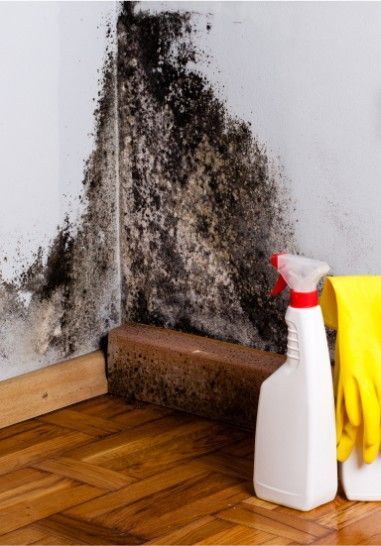
Discovering how to detect mold in your home is essential for safeguarding your living environment's health and integrity. Mold, a pervasive issue, thrives in moist settings and can quietly damage structures and belongings while simultaneously posing significant health risks, particularly to individuals with respiratory conditions or weakened immune systems. In this definitive guide, our aim is not only to unveil effective strategies for mold detection but also to emphasize the importance of timely intervention. By leveraging industry-specific language and showcasing our expertise, we will guide you through recognizing early signs of mold growth, employing professional assessment techniques, and ultimately ensuring your home remains a safe and mold-free haven.
What is Mold?
Mold, a form of fungi, plays a critical role in the environment, breaking down organic materials and recycling nutrients back into the ecosystem. However, while beneficial outdoors, mold inside the home can lead to structural damage and health issues. Mold thrives in environments that offer a combination of moisture, warmth, and organic food sources. Essentially, mold spores are omnipresent, but they only become a concern when they find the perfect breeding ground—often in damp, poorly ventilated areas.
Common residential molds include Cladosporium, Penicillium, Aspergillus, and Stachybotrys chartarum, commonly known as black mold. These species are not only unsightly but can also emit volatile organic compounds (VOCs), deteriorating air quality and potentially causing health problems for inhabitants, especially those with pre-existing respiratory conditions or allergies.
The key to preventing mold growth is maintaining a dry, well-ventilated environment. Humidity levels should ideally be kept below 60%, and areas predisposed to moisture accumulation, like bathrooms, kitchens, and basements, require diligent monitoring and maintenance. Understanding the conditions that foster mold growth and the types of mold that commonly impact homes is pivotal. With professional expertise and industry-specific strategies, maintaining a mold-free living space is achievable, ensuring both the structural integrity of your home and the health of its occupants.
Health Risks Associated with Mold
Exposure to mold poses a spectrum of health risks, pivotal among which are allergies and respiratory conditions. Individuals residing in environments contaminated by mold can exhibit symptoms ranging from mild allergic reactions—such as sneezing, skin irritation, and watery eyes—to more severe respiratory troubles, including asthma exacerbations and difficulty breathing. Particularly vulnerable groups include children, whose developing immune systems make them more susceptible to mold's detrimental health impacts, the elderly, and individuals with pre-existing respiratory conditions or compromised immune systems.
A case that underscores the urgency of mold remediation involved a family whose children experienced recurrent respiratory infections. Upon a thorough inspection by our certified professionals, extensive mold growth was discovered in the home's HVAC system—a direct contributor to the family's health issues. Post-remediation, the family reported a significant improvement in their health and well-being, highlighting the direct correlation between mold exposure and respiratory afflictions.
This anecdote reinforces the importance of early detection and remediation of mold to safeguard health. With expertise in cutting-edge mold detection and remediation techniques, our commitment is to restore not just the integrity of your home but also ensure a safe, healthy living environment for all inhabitants. Our approach is rooted in a profound understanding of the health implications of mold exposure, particularly to the most vulnerable populations, ensuring peace of mind and well-being.
Visible Signs of Mold Infestation
Identifying the common visual signs of mold growth is the best way to detect mold infestations early, safeguarding your home's environment and structural integrity. Notable indicators include noticeable discoloration of walls, ceilings, or floors, which might appear in various hues—black, green, or even orange, depending on the mold species. Additionally, a fuzzy or velvety texture is characteristic of mold colonies that have matured beyond the initial growth stages.
Understanding the difference between mold and mildew is critical for homeowners. While both are fungi thriving in moist environments, mildew is typically white or gray, appearing powdery or fluffy. It's commonly found on the surface of damp areas, making it easier to clean. Mold, however, can deeply infiltrate surfaces, especially in porous materials, indicating a potentially more severe issue. While mildew is mostly a surface problem, mold damage can be pervasive and destructive.
For accurate identification and assessment, knowing where to check for mold in the house is crucial. Look in locations prone to dampness or water leakage, such as bathrooms, kitchens, basements, around windows, and under sinks. Be vigilant for the musty odor that often accompanies mold growth, serving as a critical hint even before visible signs become apparent.
Armed with this knowledge, residents can better protect their homes and health by proactively seeking signs of mold. For comprehensive inspection and remediation, consulting with certified professionals and leveraging their expertise for a safe, mold-free living environment is recommended.
Hidden Mold: Beyond the Visible
In the intricate battle against mold, understanding its covert habitats is paramount. Mold possesses the cunning ability to thrive unseen, often choosing to reside in areas not immediately visible to the average observer. Behind walls, beneath carpets, or within the intricate ductwork of HVAC systems—these are mold's clandestine sanctuaries. The alarm raised by the discovery of mold in these hidden recesses is not without reason; undetected mold growth poses severe risks, potentially compromising the air quality of a home and, by extension, the health of its inhabitants.
The tale-tell signs of mold's presence are not limited to sight but extend to smell—musty odors are the ghostly echo of mold's silent spread. These smells often serve as the herald of mold colonies, flourishing away from prying eyes, and may indicate extensive contamination, necessitating immediate expert intervention. The ability to identify and interpret these olfactory warnings is critical; they often precede the visible manifestations of mold, providing an early indication of potential dangers lurking within the structural confines.
Recognizing the potential perils posed by unseen mold underscores the importance of professional expertise. Our dedicated team employs state-of-the-art detection methods to unveil mold's secret havens, ensuring that the menace is comprehensively eradicated. In doing so, we shield our clients' homes from the structural damages and health hazards associated with prolonged mold exposure, reaffirming our unwavering commitment to creating safe, healthy living environments.
DIY Mold Detection Techniques
While professional mold detection and remediation are paramount for ensuring a safe, healthy living environment, there are initial steps homeowners can take to identify potential mold issues themselves. Our DIY mold detection techniques section imparts knowledge on simple yet effective methods to spot early signs of mold infestation. Leveraging industry-specific terminology and our comprehensive understanding of mold behavior, we guide you through a series of straightforward procedures that can be undertaken with minimal equipment. This proactive approach not only aids in early detection but also helps in preventing the proliferation of mold, safeguarding your home's structural integrity and the health of its occupants.
Visual Inspection
Begin your visual inspection in areas most susceptible to moisture accumulation, such as bathrooms, basements, attics, and under sinks. Look closely for any discoloration, warping, or water stains on walls, ceilings, and floors, as these could indicate the presence of mold.
Smell Test
A distinguishing characteristic of mold presence is its distinctive musty odor reminiscent of damp paper or wood. This smell, often an early warning sign, can indicate hidden mold even when not visible, prompting further investigation into the environment.
Home Mold Testing Kits
Home mold testing kits come in various types, including air samples, surface samples, and bulk samples, each designed to detect mold presence under different conditions. Such kits can be a preliminary step for homeowners keen on identifying mold issues before seeking professional help. Popular options available in the market include the Mold Armor FG500 Do It Yourself Mold Test Kit and the MyMoldDetective MMD103 Mold Test Kit, known for their reliability and ease of use. However, these kits should not replace the detailed inspection and remediation provided by professionals. When conducting DIY mold checks, always wear protective gear, follow the instructions meticulously, and ensure that contaminated areas are well-ventilated. Remember, these kits serve as an initial assessment tool, offering a snapshot of potential mold activity but may not capture the complete picture, especially concerning hidden mold.
Professional Mold Inspection
While DIY methods undoubtedly serve a preliminary role in the detection of mold, engaging the services of a professional mold inspection team is indispensable for a thorough assessment of both visible and hidden mold infestations. Professional inspectors are equipped with advanced tools and techniques, such as infrared cameras, moisture meters, and air sampling devices, enabling them to accurately locate and quantify mold growth beyond what is immediately visible to the naked eye. Highly trained in the nuances of mold behavior and remediation, these specialists bring a level of expertise and precision that far exceeds the scope of do-it-yourself approaches.
When selecting a mold inspection company, prioritizing firms with certified professionals who possess a robust portfolio of successful projects is crucial. It's essential to collaborate with a company that adopts a comprehensive approach to mold inspection, including detailed analysis and a customized remediation plan tailored to your specific environment. Additionally, the importance of periodic professional mold inspections cannot be overstated, especially in the aftermath of events like flooding or significant water damage, which create prime conditions for mold proliferation. Such preemptive measures significantly mitigate the risk of extensive mold growth, ensuring the structural integrity of your property and the health of its occupants. Through the strategic partnership with a seasoned mold inspection firm, homeowners can secure peace of mind, safeguarding their environment against the unseen dangers of mold.
Prevention: Keeping Mold at Bay
Preventative measures are the cornerstone of maintaining a mold-free environment, acting as the first line of defense against the incursion of this insidious foe. Understanding the conditions that foster mold growth is pivotal; thus, maintaining low humidity levels, ensuring proper ventilation, and promptly addressing water damage are critical steps in thwarting mold's advance. Our commitment to excellence extends beyond remediation to empowering our clients with knowledge and strategies to keep their homes and businesses resilient against mold. Through vigilant prevention and routine maintenance, the risk of mold proliferation can be substantially reduced, safeguarding the health of the environment and its inhabitants.
Controlling Humidity Levels
Maintaining optimal humidity levels, ideally between 30% and 50%, is vital for preventing mold growth. Utilize dehumidifiers and air conditioners to regulate indoor air moisture and consistently monitor humidity with reliable hygrometers to ensure a mold-resistant environment.
Proper Ventilation
Effective ventilation is essential in preventing mold growth by circumspectly managing airflow to eliminate the excess moisture, which is essential for mold proliferation. Strategically placing exhaust fans in high-humidity areas and ensuring windows are open when weather permits promotes a dry, mold-resistant environment.
Regular Home Maintenance
Regular home maintenance is pivotal in preempting mold-forming conditions. Diligent inspections and upkeep can arrest mold growth before it takes root, protecting your environment. Incorporating dehumidifiers, strategically using moisture absorbers, and employing antifungal paints are effective in sustaining a mold-resistant abode. By consistently employing these tools and strategies, you create a bastion against mold, ensuring a healthy, enduring habitat.
Mold-Free Living is a Click Away. Reach Out Now!
At
All Things New Restoration, we embody the gold standard in
mold remediation and restoration services. Our team of certified experts utilizes advanced detection techniques and precision-driven remediation strategies to ensure your space is not just restored but transformed into a mold-free sanctuary. Harnessing the latest in technology and a deep understanding of mold behavior, we offer comprehensive solutions that address both visible and hidden mold, guaranteeing long-term protection for your property and health. Don't allow mold to compromise your living environment. Take action today by contacting All Things New Restoration and step into a safer, healthier, mold-free future. Your peace of mind is just a click away.
